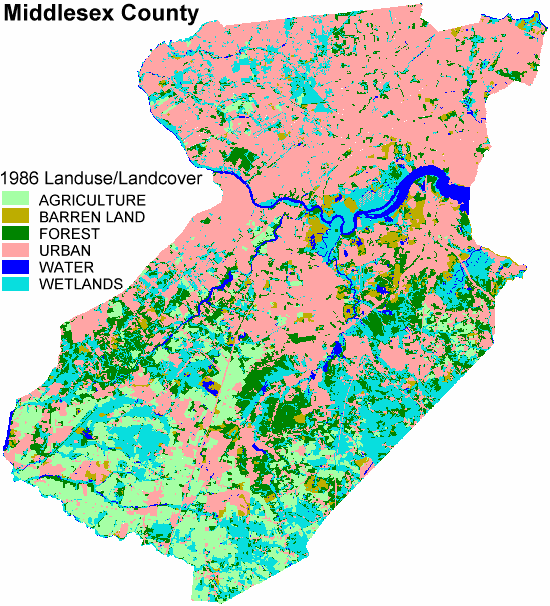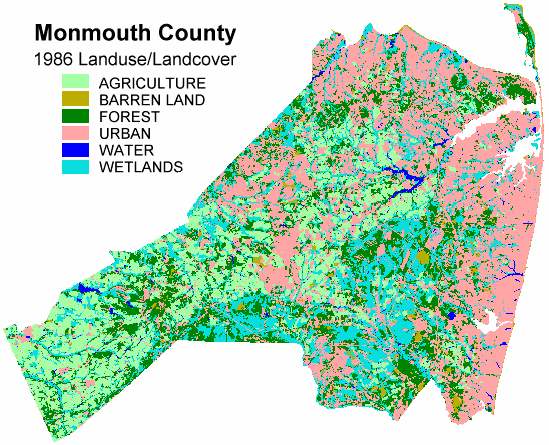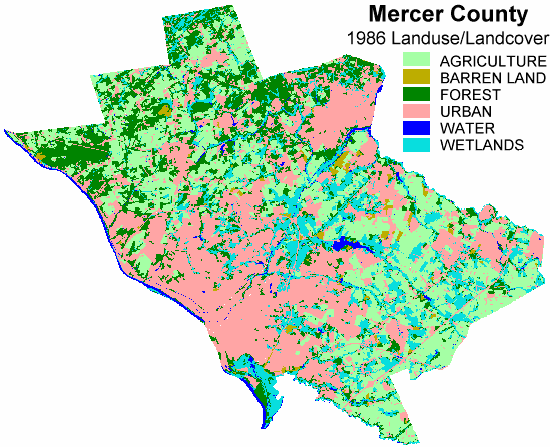The state relies on alternatives and private companies as part of that equation. Of the 113 listed testing sites, 58 are one of these retail locations:
| Rite Aid drive-thru | 13 |
| CVS Pharmacy | 11 |
| MedExpress Urgent Care | 7 |
| MedExpress Urgent Care | 7 |
| Walmart | 6 |
| AFC Urgent Care | 5 |
| Immediate Care | 4 |
| PM Pediatrics | 3 |
| Patient First | 2 |
UPDATE: CVS has announced that they are expanding to 45 drive-thru sites:
https://www.nj.com/news/2020/05/cvs-expands-drive-thru-coronavirus-testing-to-45-more-nj-locations.html (5/28)
The map below shows all 113 testing sites as points. The locations are generally more concentrated in urban areas than rural. The redlines are Voronoi polygons which calculate the areas closest to each site without regard to population or capability.
Looking closer, the list shows that the state's 4 largest cities only have a seven of the sites:
Newark: 3 sites 7.059 cases
Jersey City: 3 sites 6,709 cases
Paterson: 0 sites 7,007 cases
Elizabeth: 1 sites 5339 cases
|
| |
Even with a car, some areas are pretty distant. The map below shows areas within 20 minutes a of all sites, in yellow. Many of the underserved areas in North Jersey are from from other services too, so maybe they won't be surprised. But notice how much of the Jersey Shore is left without easy access - all of LBI is well over 20 minutes. The far ends of the island are over a 90 minute round trip to and from a testing center.
I made these today with publicly available data and limited time while moving between other projects. But with more time and better data there is plenty more worth asking. What does the map look like if we remove few of the most selective sites (e.g., front line workers only)? Are the urban clusters of testing sites proportional to the populations in those areas? Do site capabilities change that any? How far do people without cars have to travel to access a walk-up or walk-in site? How does access compare with social vulnerability?

























